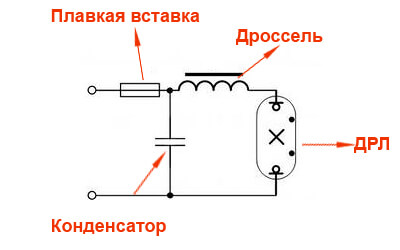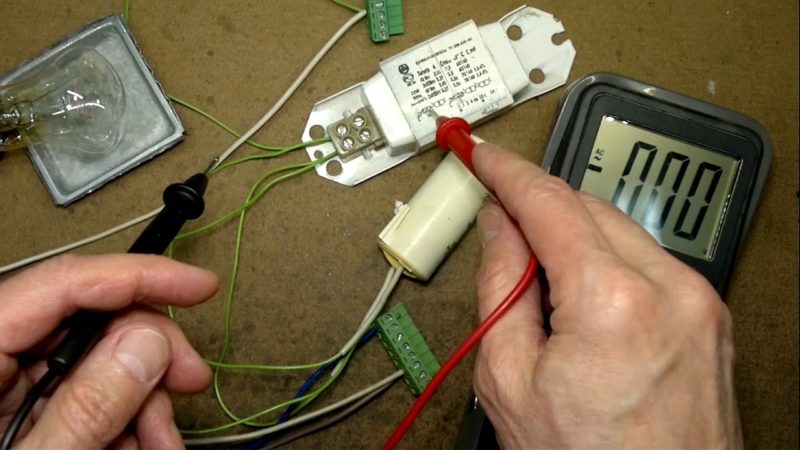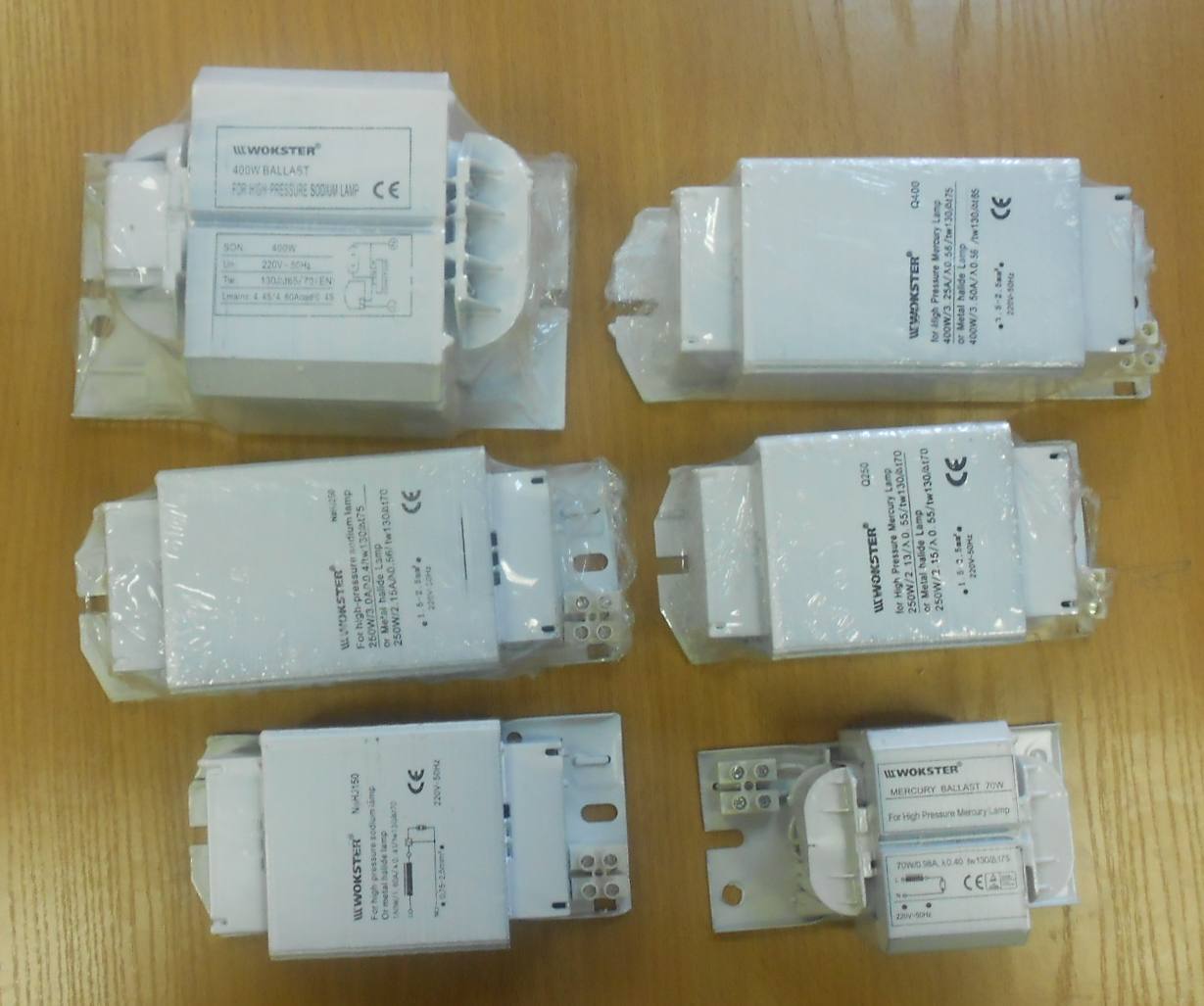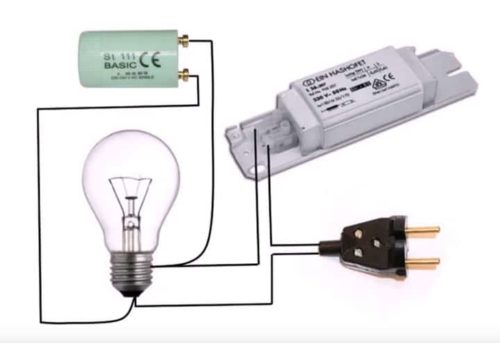How to correctly connect a CRL bulb
An arc mercury lamp (ARL) is a type of electric lighting fixture. Most often used for lighting large facilities and areas: plants, factories, warehouses. Often the devices are found in street lamps. Devices are characterized by a high degree of light output, but have a low quality of color rendering. To properly connect a CRL lamp, it is necessary to use special circuits and follow the basic recommendations.
What a choke is needed for
The choke is responsible for the proper operation of the light source. Often powerful devices require an impressive performance of the mains voltage. This in turn leads to overheating and burnout of the device. The component allows you to avoid such consequences. In this case, it should be included in the electrical circuit in series.
In this way the choke limits the voltage and current during operation.

In order to limit current drops, a resistance element is implemented. This is a ballast of several inductance coils with a high resistance which prevents the lamp from burning out. An electrical breakdown occurs in the gas environment of the FLD, resulting in an arc discharge. The ionized gas loses resistance, which causes the current to increase and generates a considerable amount of heat. If the current is not limited by special chokes, the heated gas environment will destroy the lamp.
If the DRL is directly plugged into the mains, failure is mostly a matter of time. More often, overheating is instantaneous. The speed of breakdown is influenced by specific electrical circuit parameters, voltage magnitude, external factors (air temperature, humidity, etc.). This applies only to conventional mercury lights, which make up the majority of the market.
When you connect a choke, you may not have to observe the polarity. It will ensure the stability of the luminaire and prevent possible breakdowns.
The main parameter for the choke is the rated current. This is used to select the equipment, taking into account the power of the lighting fixture. You can use the following table.
| Power of DRL used | Current rating of choke |
|---|---|
| 125 W | 1,15 А |
| 250 W | 2,15 А |
| 400 W | 3,25 А |
| 700 W | 5,45 А |
Despite the usefulness of the choke, it is increasingly becoming a thing of the past. Modern electronic arc control units are replacing it. With these, you can fine-tune the operating parameters and control the workload. The adjusted values are retained even if the mains voltage fluctuates significantly.
The reactance of the choke is related to the parameters of the inductor coil. 1 genri of inductance carries 1 A of current at 1 V. When considering coils, it is worth considering:
- The cross-sectional area of the copper conductor;
- the number of turns;
- the material of the core;
- The cross-sectional area of the magnetic core.
The coil also has an active resistance, which must be taken into account when selecting parts for specific lighting fixtures. For each type of DRL chokes of certain sizes are suitable.
Wiring Diagrams
Most DRL devices have a choke in the circuit. However, there are methods that allow DRLs to be used without a choke.

Through choke
The wiring diagram for any DRL bulb is quite simple and involves connecting the loads in series in an electrical circuit. A 220 volt mains supply is used, operating at a standard frequency. Due to this, even a high-power street light source can be connected to an ordinary household network.
Resistance stabilizes and corrects the performance of the power supply. It achieves a uniform glow without flickering or other undesirable factors. The luminous flux remains constant, which is important for any light source.

During start-up, the system consumes a significant voltage, which often reaches two or three input ratings. The resistor stabilizes this voltage and prevents the device from burning out.
The CRL lamp does not light up instantly. In some cases, it can take up to fifteen minutes to fully heat up and reach maximum luminous flux.
The power of lighting devices can range from 50 to 2000 watts. Specific power ratings do not affect the wiring diagram and always require single-phase 220 V mains with a frequency of 50 Hz.
Without choke
If you need to connect a DRL 250 luminaire without a choke, a simple solution is to buy DRLs that function without additional components. The devices have a coil inside, which is responsible for stabilizing the voltage.
You can also use a traditional incandescent lamp. It must be equivalent in power to the DRL used and have the correct resistance rating. The incandescent lamp acts as a resistor, effectively lowering the output voltage.

The resistance element can be replaced with a capacitor or a set of capacitors. It is important to calculate the current output from the circuit as accurately as possible to match the operating voltage.
How to check if the lamp is working
After connecting the DRL, it is recommended to check if it works. If it doesn't turn on or if it becomes unstable, you should test the electric circuit with a tester, multimeter or ohmmeter.

The winding turns are checked for discontinuities or shorts. The break can be determined by an infinitely large resistance reading on the screen of the device. The way out is to replace the winding completely. When the repair is complete, restart the lamp.
If the resistance increases by several points, the winding is likely to be damaged and short-circuited between coils. The fewer turns are in contact with each other, the smaller the resistance increase will be.
Topical video: Starting a DRL 250 lamp with fluorescent tube chokes
Sometimes a short circuit occurs in the winding. In this case, no increase in resistance will occur, and there will be no effect on the operation of the lamp. So after checking the winding with an ohmmeter, you should check the lamp itself and the electricity system. It is not uncommon for lamps to fail the first time they are turned on. This can be due to poor quality of the device, improperly configured power modes and other factors.

